Michael J. Heap
The influence of temperature (up to 120 °C) on the thermal conductivity of variably porous andesite
Heap, Michael J.; Alizada, Gunel; Jessop, David E.; Kennedy, Ben M.; Wadsworth, Fabian B.
Authors
Gunel Alizada
David E. Jessop
Ben M. Kennedy
Dr Fabian Wadsworth fabian.b.wadsworth@durham.ac.uk
Associate Professor
Abstract
The thermal conductivity of volcanic rock is an essential input parameter in a wide range of models designed to better understand volcanic and geothermal processes. However, although volcanoes and geothermal reservoirs are often characterised by temperatures above ambient, laboratory thermal conductivity measurements are often performed at ambient temperature. In addition, there are currently few data on the temperature dependence of thermal conductivity for andesite, a common volcanic rock. Here, we provide elevated-temperature (up to 120 °C) laboratory measurements of thermal conductivity for variably porous (∼0.05 to ∼0.6) and variably glassy andesites from Mt. Ruapheu (New Zealand) using the transient hot-strip method. Our data show that (1) the thermal conductivity of these andesites has little to no temperature dependence and, therefore, (2) there is also no influence of porosity on the temperature dependence of thermal conductivity. We compare our new data with compiled published data to show that the thermal conductivity of volcanic rocks may decrease, remain constant, or increase as a function of temperature. We show that the thermal conductivity of amorphous glass and crystalline material increase and decrease, respectively, as temperature increases. We therefore interpret the temperature dependence of the thermal conductivity of volcanic rock to be dependent on glass content. The thermal conductivity of the studied andesites, the microstructure of which can be characterised by phenocrysts within a variably glassy groundmass, has little to no temperature dependence because the decrease in the thermal conductivity of the crystalline materials, due to decreases in lattice thermal conductivity, is offset by the increase in the thermal conductivity of the amorphous glass. A simple modelling approach, using the temperature dependence of the thermal conductivity of glass and crystalline material, provides a crystal content of 0.26 for a thermal conductivity independent of temperature, a common crystal content for andesite dome rock. Our findings imply that calculations of heat transfer through partially glassy volcanic rocks need not consider a temperature-dependent thermal conductivity, but that decreases and increases in thermal conductivity with temperature should be expected for fully crystallised or devitrified volcanic rocks and completely glassy volcanic rocks, respectively. We highlight that more experimental studies are now required to assess the evolution of thermal conductivity as a function of temperature in a wide range of volcanic rocks with different crystallinities.
Citation
Heap, M. J., Alizada, G., Jessop, D. E., Kennedy, B. M., & Wadsworth, F. B. (2024). The influence of temperature (up to 120 °C) on the thermal conductivity of variably porous andesite. Journal of Volcanology and Geothermal Research, 452, Article 108140. https://doi.org/10.1016/j.jvolgeores.2024.108140
| Journal Article Type | Article |
|---|---|
| Acceptance Date | Jul 9, 2024 |
| Online Publication Date | Jul 11, 2024 |
| Publication Date | 2024-08 |
| Deposit Date | Sep 5, 2024 |
| Publicly Available Date | Sep 5, 2024 |
| Journal | Journal of Volcanology and Geothermal Research |
| Print ISSN | 0377-0273 |
| Electronic ISSN | 1872-6097 |
| Publisher | Elsevier |
| Peer Reviewed | Peer Reviewed |
| Volume | 452 |
| Article Number | 108140 |
| DOI | https://doi.org/10.1016/j.jvolgeores.2024.108140 |
| Public URL | https://durham-repository.worktribe.com/output/2798875 |
Files
Published Journal Article
(3.8 Mb)
PDF
Publisher Licence URL
http://creativecommons.org/licenses/by/4.0/
You might also like
Bubble Formation in Magma
(2023)
Journal Article
A universal model for the permeability of sintered materials
(2023)
Journal Article
Downloadable Citations
About Durham Research Online (DRO)
Administrator e-mail: dro.admin@durham.ac.uk
This application uses the following open-source libraries:
SheetJS Community Edition
Apache License Version 2.0 (http://www.apache.org/licenses/)
PDF.js
Apache License Version 2.0 (http://www.apache.org/licenses/)
Font Awesome
SIL OFL 1.1 (http://scripts.sil.org/OFL)
MIT License (http://opensource.org/licenses/mit-license.html)
CC BY 3.0 ( http://creativecommons.org/licenses/by/3.0/)
Powered by Worktribe © 2025
Advanced Search
